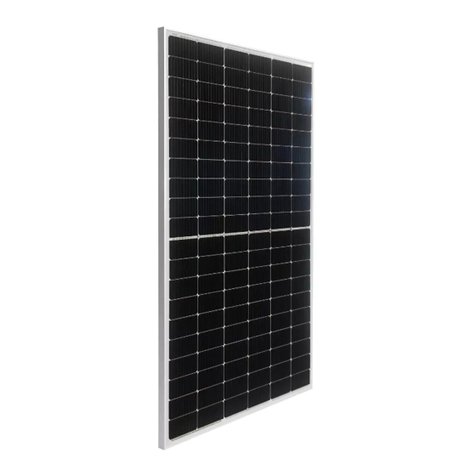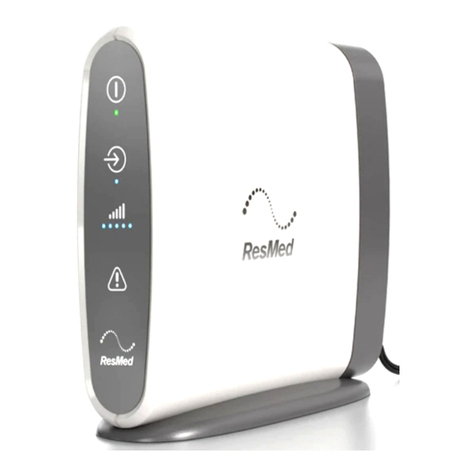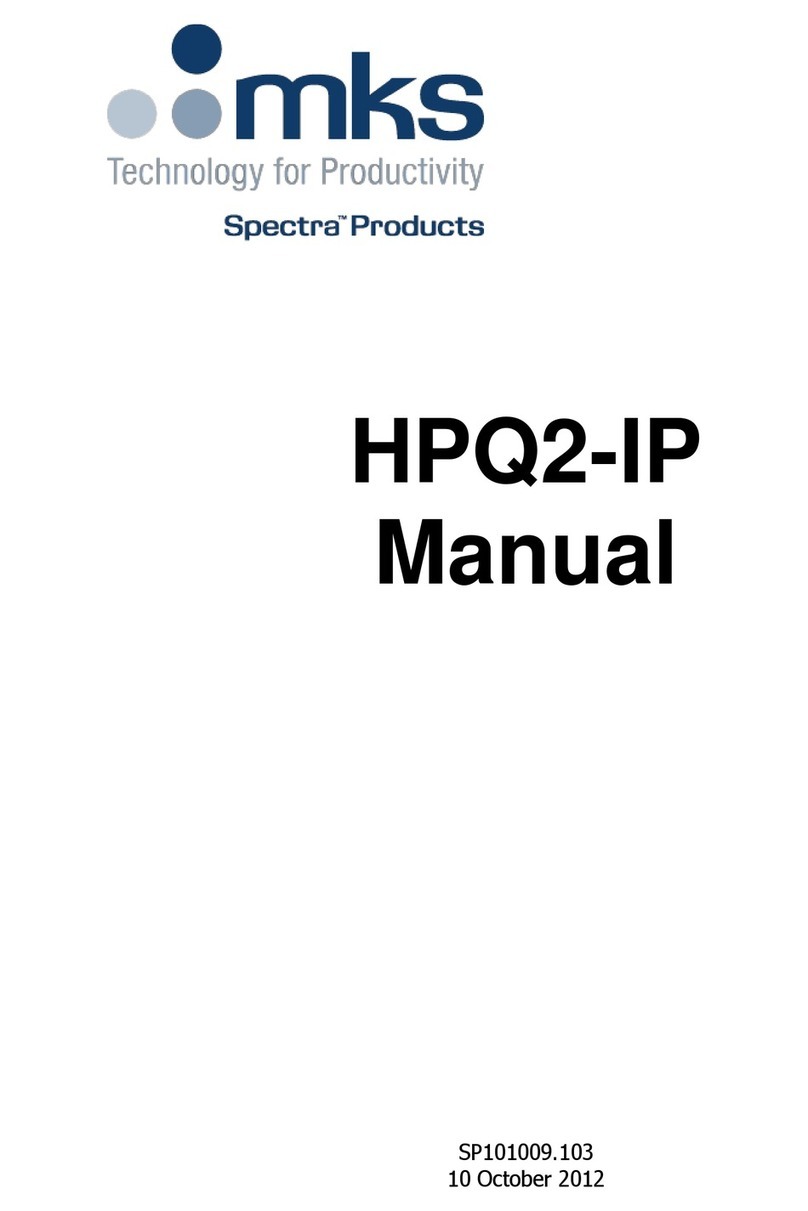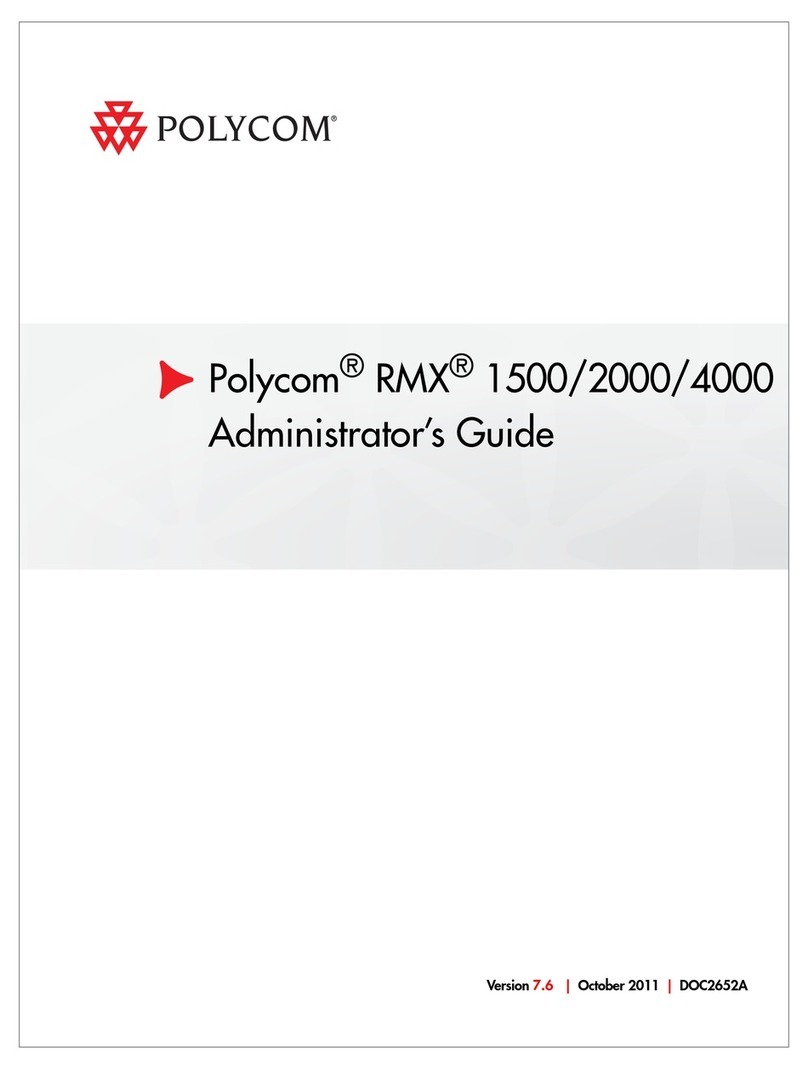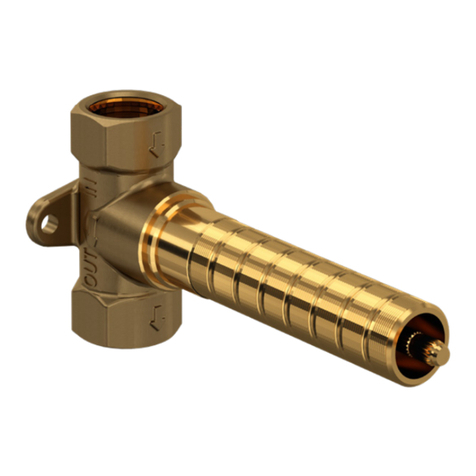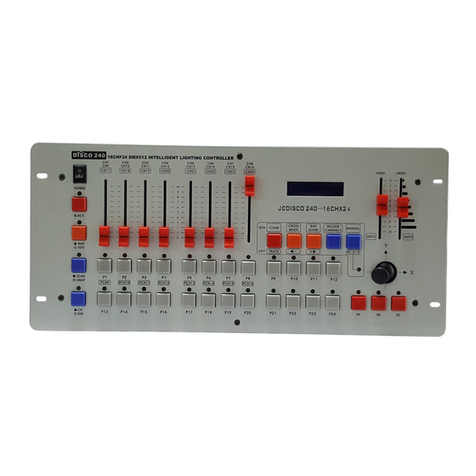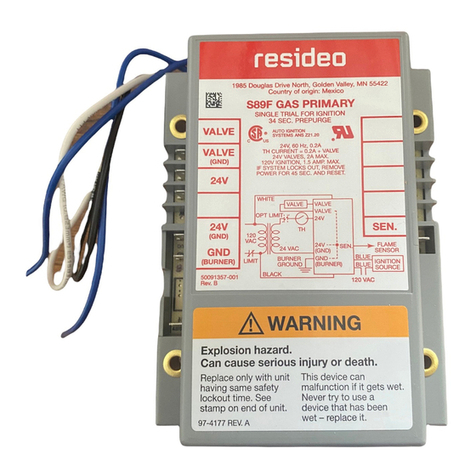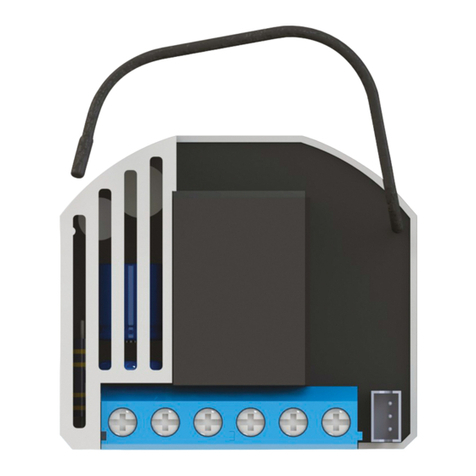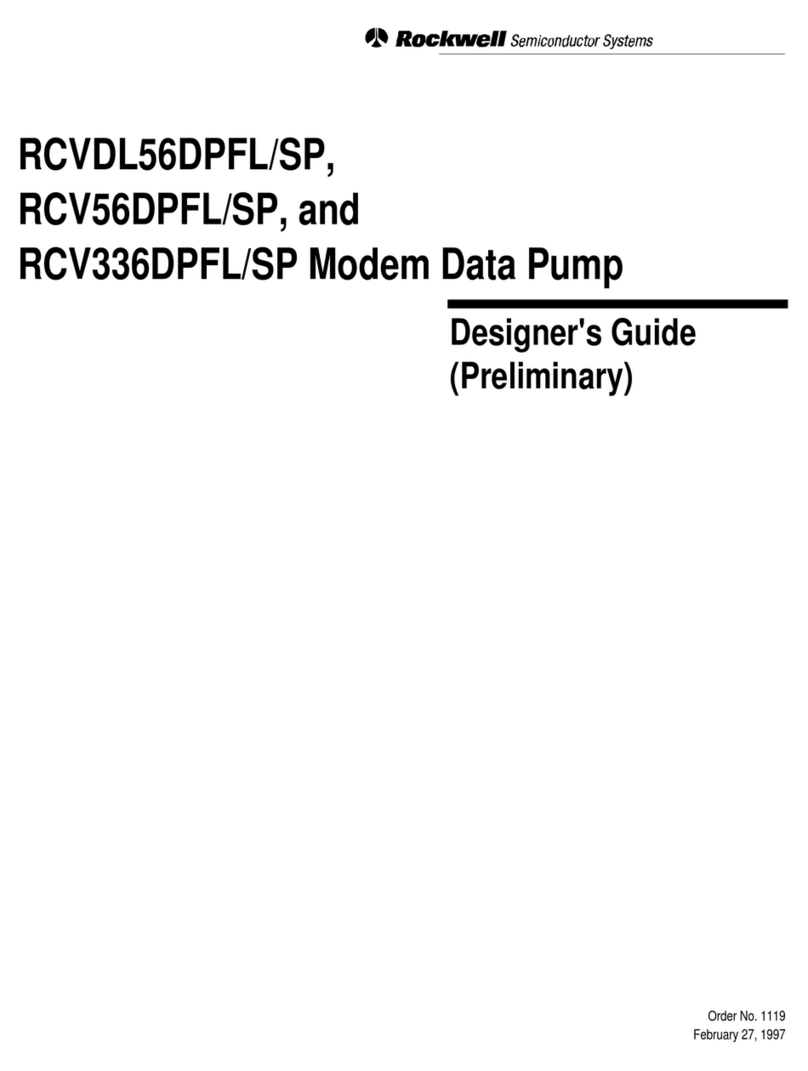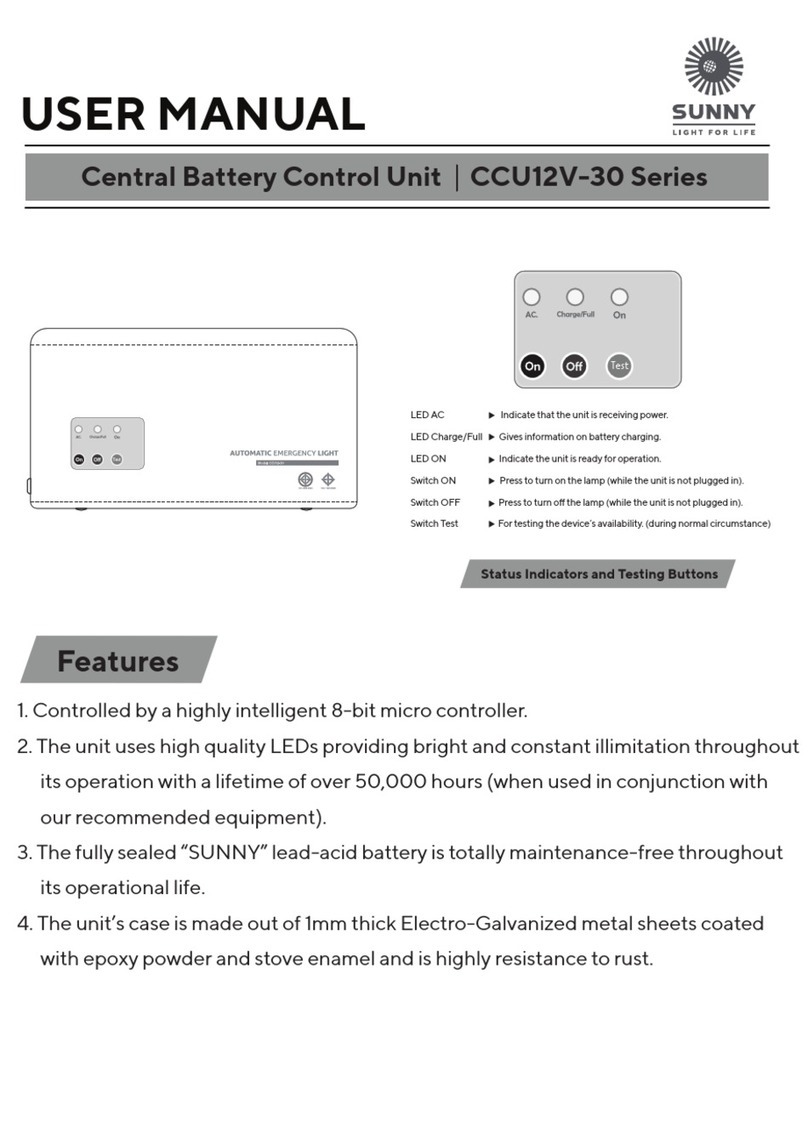FuturaSun FU P Series Setup guide

Author: FuturaSun
Document name: Installation_manual_FuturaSun_2017
Revision date: 07.08.2017
SAFETY AND
INSTALLATION
MANUAL
Photovoltaic Module FU XXX P / M

2
FuturaSun srl – The specifications in this manual are subject to revisions without further notice
CONTENTS
1. General Information ..................................................................................................................... 3
2. Disclaimer of Liability ................................................................................................................... 4
3. IEC 61215 & 61730 certifications ................................................................................................. 4
4. Limited Warranty .......................................................................................................................... 4
5. Module Specification .................................................................................................................... 4
6. Safety Precautions ....................................................................................................................... 4
7. Installation .................................................................................................................................... 5
8. Use and Maintenance .................................................................................................................. 8
9. Packaging, Handling and Storage of Modules ............................................................................. 9
10.Temperature coefficients………………..………………………………….………………………….11

3
FuturaSun srl – The specifications in this manual are subject to revisions without further notice
1. General Information
The photovoltaic (PV) modules, FU XXX P, FU
XXX M, (hereafter “FU XXX”) are devices that
produce electrical energy by converting the
sunlight’s radiation reaching their surface, when
appropriately exposed, into continuous/direct
current (DC).
The FU modules are intended to be used in
photovoltaic module systems connected to the
electrical grid. It is also possible to use them in
battery powered photovoltaic module systems
(stand alone).
The rated currents at Standard Test Conditions
(STC) of the FU modules are variable depending
on the model and the relative power rating, as
indicated in the respective technical data sheets.
Most of the electrical parameters of the modules,
specified in the datasheets, are determinable only
by using special instrumentation in the laboratory;
therefore, only some of them are measurable
outside of a lab, using common instrumentation
(voltmeter, AM meter, solarimeter/pyranometer).
It is possible, following very precise procedures, to
carry out electrical measurements of voltage and
current as snapshots, which enable you to monitor
the operation of the modules and determine
possible, although rare, anomalies.
The electrical output parameters for FU modules,
of technical importance during the operation,
installation and maintenance, are the following:
• Voltage at open circuit (Voc) with tolerance
of ± 4%
• Current at short circuit (Isc) with tolerance of
± 5%
• Voltage at point of maximum power (Vmpp)
• Current at point of maximum power (Impp)
• Power (Pmax) with tolerance of ± 3%
• Solar radiation in W/m2 at the time
• Temperature of the modules
The general performance of the modules is heavily
dependent on the intensity of the incident solar
radiation, as illustrated in Fig.1. Acheiving
maximum performance requires proper
installation, with the modules oriented towards the
South and their surface exposed as
perpendicularly possible to the incident rays of the
sun; furthermore, avoiding any shading caused by
obstacles in and around the area of installation.
Fig. 1: IV curve at different irradiance
A high ambient temperature and therefore, an
increased operational temperature of the modules,
also contribute to a proportional reduction in
electrical performance.
In order to optimize the production of electical
energy of the modules, and therefore of the system
connected to an electrical grid, it is the
responsibility of the installer to make sure the
modules are positioned as much as possible facing
south, with the tilt angle (β) (inclination of the
surface of the modules in respect to the ground, as
shown in Fig.2) optimal for the type of desired
application.
The tilt angle of ideal average throughout Italy is β
= 30°; however, even the inclination typical the roof
of a dwelling (β = 15-20°), being already an inclined
plane, could make the angle acceptable, if not
ideal, for the installation of coplanar modules on it
(using a special standard structure for support).
Depending on the variation of the tilt angle of the
modules with respect to the ground, or of their
orientation in relation to facing south (Azimuth),
there will be changes in the annual average
amount of energy produced by the modules
themselves, and therefore, of the plant connected
to the network to which they are linked.
East
b
South
Fig.2

4
FuturaSun srl – The specifications in this manual are subject to revisions without further notice
Fig. 2: Orientation Vs. Azimuth
2. Disclaimer of Liability
Since the methods of system design, installation
techniques, handling and use of this product are
beyond company control; FUTURASUN does not
assume responsibility and expressly disclaims
liability, for loss, damage or expense resulting from
improper installation, handling or use.
3. IEC 61215 & 61730 certifications
This product meets or exceeds the requirements
set forth by IEC 61215 and 61730 for PV Modules.
These standards cover flat-plate PV modules and
panels intended for installation on buildings or
those intended to be freestanding. This product is
not intended for use where artificially concentrated
sunlight is applied to the module.
4. Limited Warranty
Please refer to FUTURASUN General Terms and
Conditions of Sale for details of the modules’
limited warranty. Failure to comply with this Safety
and Installation Manual will invalidate
FUTURASUN Warranty for the PV modules as
stated in the General Terms and Conditions of
Sale.
5. Module Specification
Please refer to the technical datasheet for the
module FUTURASUN FU XXX respectively for
electrical performance data. These electrical data
are measured under Standard Test Conditions
(STC) of 1000 W/m2 irradiance, with Air Mass (AM)
of 1.5 spectrum, and a cell temperature of 25°C.
6. Safety Precautions
Installation should be performed only by
authorized personnel!
• Module installation must be performed in
compliance with the latest IEC code (CEI in
Italy)
• Within the modules, there are no user
serviceable parts. Do not attempt to repair any
part of the modules. Contact your module
supplier if maintenance is necessary
• In order to reduce the risk of electric shock,
prior to installing the modules, remove metallic
jewelry and use insulated tools during
installation.
• Do not expose the modules to artificially
concentrated sunlight!
• Do not stand on, drop, scratch, or allow objects
to fall on the modules.
• Do not lift the modules at the connectors or
junction box!
• Do not install or handle the modules when they
are wet or during periods of high winds.
• Do not use oil-based lubricants on any part of
the junction box as this can cause long-term
damage to the plastics.
• Ensure that wire cable connections are routed
in accordance with the junction box
manufacturer’s recommendations. Incorrect
routing of the wire cable can lead to stress
damage to the junction box.
• The minimum cable diameter for the modules
intended for field wiring is 4 mm².
• The PV connectors to mate with the modules
should be MC4 compatible and qualified
according to IEC 62852.
The rated voltage of the connector should be
1500 V and the rated current ≥ 30 A.
The cross section for the connector is 1 x 4,0
mm².
• Do not leave cable connectors exposed in
adverse climatic conditions. Water and dust
deposits inside the cable connectors can cause
long-term damage.
• Broken module glass, a torn back sheet, a
broken junction box or broken connectors are
electrical safety hazards; consequently,
contact with a damaged module can cause
electric shock.
• The total voltage of modules connected in
series corresponds to the sum of the voltages
of the single modules; whereas connecting the
modules in parallel results in adding up the
currents. Consequently, strings of inter-
connected modules can produce high voltages
and high currents and constitute an increased
risk of electric shock and may cause injury or
death.
• For installation, maintenance, or before making
any electrical connection or disconnection,
ensure all modules in the PV array are
exposed to a light intensity that is less than
400 W/m2!! If necessary, the modules should
be covered with an opaque cloth or other
material in order to shield them from exposure
to light intensity greater than 400 W/m2.
East
b
South

5
FuturaSun srl – The specifications in this manual are subject to revisions without further notice
7. Installation
7a) Module Mounting
• The FU modules are qualified for an operative
temperature within the range of -40 to +85 °C.
• The FU modules can be installed at a
maximum operating altitude of ≤ 7000 meters.
• When installing FU modules, local building
code requirements and regulations must be
adhered to at all times. Sufficient ventilation of
the module backside is required and the
mounting configuration (e.g. sufficient
clearance) should be adapted accordingly.
• Do not drill any additional holes into the
module frames and do not cover the
drainage holes.
• Pre-assembled mounting systems have
been confirmed by FUTURASUN in writing
in advance
• The modules can be mounted in every angle
from horizontal to vertical, avoiding
configurations with the junction box up-side
down at all times (e.g. trackers with “sleep
mode”).
• In order to maximize module exposure to direct
sunlight, the modules should be oriented to the
south in the northern hemisphere and to the
north in the southern hemisphere.
Mounting Methods:
Mounting using mounting holes:
• Each module must be securely fastened at
a minimum of 4 points.
• Use the 4 mounting holes (slots, see Fig. 4)
on the PV module frame to bolt the module
with stainless steel screws and nuts to the
mounting framework.
• The distance of the mounting holes has
been designed in order to result in a
uniform wind and snow load without
damaging the module.
• Do not drill additional holes in the module
frame; doing so will void the warranty.
Mounting using clamping method:
• FUTURASUN recommends the use of
clamps.
• When using clamps, it is possible to mount
the modules in horizontal (the shorter side
of one module facing the shorter side of the
neighboring module) or in vertical (the
longer sides facing each other)
configuration. (It is recommended to
always use stainless steel screws and
bolts.)
• The modules can be mounted on
continuous base structures (inclined or
horizontal) such as rails or similar.
• Both base structures must be mounted at
the same distance from the symmetrical
axis (vertical or horizontal) of the module.
• In vertical configuration, it is strongly
recommended to place the supporting
elements nearby the mounting holes, or in
any case, the distances shown in Fig. 3
should be respected. This is necessary in
order to maintain a correct load distribution.
• The FU XXX P modules with both 60 and
72 cells are qualified to 3600 Pascal x 1,5
safety factor in wind and snow load when
the module is fixed in the green and yellow
area (See Fig. 3)
• The FU XXX M modules of size 72 cells are
qualified to 1600 Pascal x 1,5 safety factor
in wind and snow load when the module is
fixed in the green and yellow area (See Fig.
3)
• The FU XXX M modules of size 60 cells are
qualified to 3600 Pascal x 1,5 safety factor
in wind and snow load when the module is
fixed in the green and yellow area (See Fig.
3)
• In according with Eurocodes - EN 1991 it is
not possible to fix the modules in yellow
area (See Fig. 3) in Zone 3,4,5 of Alpine
Region. Shape coefficients must be taken
into account.
• In horizontal configuration, fixing the
modules by blocking them at the 4
mounting holes will guarantee the
characteristics regarding the static loads as
certified.
• When clamping the modules in horizontal
configuration on a support structure, the
distances in Fig. 3 have to be applied in
order to maintain the resistance against
static loads as certified:
• The modules can also be fixed by placing
them with their frame on a structure that is
supporting the two sides of the frame over
their whole length. Also in this case, the
position of the mounting clamps must be in
accordance with distances indicated in Fig.
3.
• At least 20 mm spacing must be maintain
between modules
ATTENTION: in the case of installation with
modules in the vertical position, it is preferable to
maintain the Junction Box located in the upper part
of the module. This practice will help reduce, as
much as possible, contact between any standing
water and the Junction Box, and avoid possible
water infiltration.

6
FuturaSun srl – The specifications in this manual are subject to revisions without further notice
Fig. 3: Positions for clamping and fixing
Fig. 4: Mechanical drawing of the FU module showing
the mounting holes, the drainage holes, and the ground
connection holes. See the table of 60 and 72 cell
module.
Mechanical drawing 60 cell module
Mechanical drawing 72 cell module
7b) Handling of Modules
The FU modules are robust, but in particular, the
glass front cover may be subject to damage if
improperly handled or installed. Wear protective
gloves when handling and installing the modules

7
FuturaSun srl – The specifications in this manual are subject to revisions without further notice
in order to be protected against cutting by sharp
edges and against skin burns. Handle the module
in a way that avoids breakage or scratching of the
front cover glass and mechanical damage to any
other part of the module. Do not carry the module
by its connector wires in order to avoid the risk of
electric shock and prevent damage to the module.
During the wiring and installation of the modules
use caution! Do not trample on or scratch the
modules. Do not drop sharp or heavy objects on
either surfaces of the module. Do not subject the
modules to any impact, in particular in the vicinity
of the edges of the frames and do not flex them
mechanically. The modules are made of a single
laminate, therefore once damaged, they are not
repairable.
In the event of any damage to either the front or
the back of the module, the part exposed might be
electrically active and therefore dangerous,
especially if the module is connected in series to a
string.
7c) Electrical Connection
Danger!
Risk of serious injury or death from electric shock or
electric arc flash! Do not connect or disconnect modules
under load!
Even if the modules are protected against
accidental contact, under unfavorable conditions
high hazardous voltage (several hundreds of volts)
may occur during installation. Consequently,
installation and maintenance of the modules, as
well as the connection to the main power supply,
may only be performed by authorized and qualified
persons. Before connection of the system to the
grid, the PV system must be approved for correct
installation, by an electrician responsible to the
operator and the local electricity company.
The design of the PV system should be done by a
qualified person familiar with PV system design.
The system design is the responsibility of the PV
system designer. Therefore, FUTURASUN does
not assume any liability for how the modules are
installed.
Under normal conditions, a PV module is likely
to experience conditions that produce more
current and/or voltage than reported at STC.
Accordingly, the values of Isc and Voc marked
on the module should be multiplied by a factor
of 1.25 when determining component voltage
ratings, conductor current ratings, fuse sizes,
and size of controls connected to the PV
output.
The FU modules are qualified in protection class II
as for the class of protection against electrical
shock in accordance with IEC 61730-1:2016.
Also note:
• Grounding: The module frame or array must
be grounded before wiring. For grounding, use
material that is certified according to CEI 82/25
or applicable national codes – in particular the
grounding should be performed by a qualified
electrician. Ensure that the grounding area for
the wire is clean and free from oxides or any
debris that could impede the electrical
grounding. Attach a separate approved ground
wire to one of the holes marked with ground
label on the module frame with an IEC
approved ring terminal or IEC listed grounding
lug.
• Voc should be increased by a factor according
to the lowest ambient air temperatures
expected for the installation site. Refer to CEI
82/25 for the correct Voc correction factor
according to the respective temperatures. If
this information is not available, a 1.25
multiplying factor can be used as default value
for correction of Voc.
• In order to obtain the required electrical current
and/or voltage, the modules can be connected
in series, in parallel, or in a combination of
both.
o In the case of series connection, the Voc is
the relevant value when calculating the
total voltage of the series connection. Do
not exceed the maximum system voltage of
1000 V for the modules FU XXX P and FU
XXX M even at low temperatures. Always
use the same type and rating of module in
one installation!
o In the case of parallel connection of
modules or series strings of modules,
fusing may be required.
• The voltage of the strings of modules, in series,
when measured at their poles, is the sum of all
the individual voltages of each module. This
total voltage should be compatible with the
range of input voltages admissible for the
inverter to which the modules are connected.

8
FuturaSun srl – The specifications in this manual are subject to revisions without further notice
8. Use and Maintenance
8a) Intended Use
FU modules are designed for use in grid-
connected systems. They are therefore linked in
series/parallel combinations to feed a dedicated
inverter with a DC input and an AC output of 230V
AC - 50Hz to provide energy to the local electricity
grid.
8b) Operational Measurements
The only two electrical parameters of output from
a PV module, measurable with conventional
instrumentation, are the Voc and Isc.
When the PV modules are instead connected in
series/parallel configuration to an inverter, from its
display it is possible to read:
• Operational voltage at maximum power
output (Vmpp) of the string
• Operational current at maximum power
output (Impp) of the string
From these above values, it is possible to estimate
the voltage at maximum power (Vmpp) of a module
in the string under review and any non-uniformity
in the voltages (Vmpp) of multiple strings
connected to the same inverter.
From the Impp for the string it is also possible to
verify whether there are obvious differences
between one string and another. When a uniform
condition is detected, it can be assumed that all the
modules are working properly.
The following measures serve to collect
preliminary information on the operational status of
the PV modules in a PV system.
If there is a need to perform direct measurements
on individual modules using conventional
instrumentation, the following action should be
taken.
To measure the open circuit voltage (Voc):
• Note: even in the presence of an insolation
average of 500 W/m2, a module exposed to the
rays of the sun presents at its poles (+ and –)
a Voc very close to the nominal value at STC
(as shown in Fig.3).
• When taking the temperature at which the
module is working at that moment into account,
the open circuit voltage module (Vocmod) will be
approximately equal to:
Vocmod = VocSTC – [(Tmod – 25°C) x 0.125V]
Where:
o VocSTC is the open circuit voltage measured
at STC;
o -0,125V/ °C is the average variation of Voc
of a module for a variation in temperature
of 1°C;
o 25°C is the reference temperature of STC;
o In the case of good solar radiation and at
the ambient temperature (Tamb), one can
estimate the temperature of the module as
follows:
Tmod = Tamb + 30°C
• Using the calculations above, it is possible
when measuring with a multi-meter, to verify
Voc meets the standard shown in the module
datasheet.
• In a case that the Voc to the connectors is
decidedly lower than the standard values (75%
or less) this could represent a condition of
anomaly which should be investigated more
thoroughly.
To measure the short-circuit current (Isc):
• A PV module exposed to the south, inclined
perpendicularly to the rays of the sun, in the
middle of the day (about 12:00 to 1:00 PM ) and
in conditions of good weather, presents a value
of Isc similar to the rated values at STC, as
measurable with an amp-meter in continuous
current.
• By measuring the solar radiation (E) effective
at the moment with a solarmeter/pyranometer
in W/m2 the short circuit current of the module
at the moment Iscmod should be very close to the
following value:
Iscmod = IscSTC x E/1000
Where:
o IscSTC is the short circuit current
measured at STC;
o 1000 W/m² is the radiation at STC.
• The measurement of the Isc is executable with
precision only when using a
solarmeter/pyranometer which gives exact
information on the conditions of solar radiation
at the moment, otherwise it is not reliable.
• In the case of the unavailability of a
solarmeter/pyranometer, it will only be possible
to have an estimate of the functionality of the
module by comparing the value of Iscmod
measured in relation to those of the other
modules of the PV system, measured under
the same conditions of irradiation.
The acknowledgment of any obvious
discrepancies of Isc in the modules thus serves
to identify anomalies.
• The maximum module configuration when
connected in series is 19 modules size 60 cell
Fig. 16

9
FuturaSun srl – The specifications in this manual are subject to revisions without further notice
and 16 modules size 72 cells of the model
FUXXX M and FUXXX P.
• While for parallel connections, the maximum
module configuration is 1 module of both 60
and 72 cells with diode SB1540LS and 2
modules of both 60 and 72 cells with diode
SB3045DY.
8c) Maintenance
Although PV modules do not require any routine
maintenance, periodic (annual) inspection for
damage to glass and inspection of the electrical
connections and for corrosion as well as the
mechanical connection is recommended.
Under normal conditions (sufficient rainfall),
cleaning of the module is not required. In extreme
climatic conditions, the electrical performance of
the module may be affected by accumulation of dirt
on the glass front cover.
In this case, the front cover can be washed using
water (no aggressive cleaning solutions, chemicals
or abrasives!) and a soft cloth.
Exercise extreme caution when applying water on
any electrical device!!
ATTENTION!!!!!
To avoid the phenomena of electric arcing, both
the connection and disconnection of the
connectors of the modules being tested and the
measurements of Voc and Isc should be
performed with the string of modules in conditions
of open circuit.
In addition, the Isc should be measured for each
individual module in conditions of open circuit and
not to the extreme poles of the string, which could
be affected by voltages up to 1500V.
9. Packaging, Handling and Storage of Modules
9a) FUTURASUN's Packaging
FUTURASUN provides the FU modules in the
most appropriate packaging, designed to
guarantee that the transportation and storage will
be in conditions of maximum safety and protection
until the time of installation. Transport the module
in its original packaging until installation.
Protect all parts of the module during transport and
installation from mechanical stresses.
9b) How to Manage the Packaging
Each package has been designed to allow the
shipment and storage of modules in order to
maintain their integrity unchanged over time,
provided that the information and indications
supplied by FUTURASUN are closely observed
and followed. These indications are summarised
by a series of standard symbols posted in a visible
manner on each pallet. The list below illustrates
the meaning of each symbol (you can find some of
them in each pallet):
DO NOT STACK: each pallet of
modules is packaged according to
the maximum number of modules
stackable vertically, in order to avoid
or reduce mechanical stress or
damage as a result of the pressure exerted by the
stacked modules. Therefore, it is absolutely
forbidden to stack more than one pallet on top of
another, both in the process of shipment and
storage of modules.
DO NOT EXPOSE TO ATMOSPHERIC
AGENTS: each pallet of modules is
suitably dressed in a cap of transparent
plastic in order to avoid temporary
contact with generic water spray or
atmospheric agents. The plastic casing does not
ensure the protection of the modules in the case of
prolonged exposure to atmospheric agents.
Similarly, in the case of flooding, the pallet does
not ensure the maintenance of the mechanical
properties of the weight of the modules. For this
reason it is recommended to store the pallet in a
place that is sheltered and dry. In addition, as the
the junction box has an IP68 degree of protection,
in the event of a flood the stagnant water inside of
the frame could oxidise the metal contacts of the
connectors degrading the characteristics and
altering the electrical properties of the contacts of
the module causing damage.
DO NOT OVERTURN THE
PACKAGING: the packaging is only
designed to be handled and stored
with the modules maintaining the
position of the arrow printed on the
packaging, with the arrow always facing upwards.
Not following these indicated directions may create
forms of mechanical stress on the modules that
could cause damage or breakage.

10
FuturaSun srl – The specifications in this manual are subject to revisions without further notice
RECYCLABLE: most of the
photovoltaic modules are
recyclable. They should not be
thrown into landfill without a proper
method for recycling. Aftert the
approval of EU Directive 2012/19/Ue the
photovoltaic modules are classified as electronic
waste.
FRAGILE: the photovoltaic modules
are manufactured using a glass front
which makes up approximately 70%
of the total materials used to
construct them. Although the
modules are stiffened by an aluminium frame, any
direct impact to the glass or on the corners of the
modules should be avoided. Avoid flexing the
laminates or applying non distributed loads and
stresses. Avoid scratching the surface of the
exterior glass or backsheet. Do not apply any
forces to the backsheets.
HANDLE WITH CARE: during the
operation of shipping and storage of
the modules use maximum care to
ensure the full integrity of the
modules.
9c) How to Handle the Pallet
During the handling of the pallet make sure to pay
the utmost attention. The packaging must be
raised/moved exclusively with fork-lift trucks or
hand pallet trucks fitted with forks of length
appropriate to its size and weight.
Pay attention during the stages of handling and
unpacking. Verify that the package is positioned on
a surface that is either flat or not excessively
deformed to a point that would impart an inclination
to the pallets which could damage the PV modules.
FUTURASUN DOES NOT ASSUME
RESPONSIBILITY IN THE EVENT OF DAMAGE
TO THE MODULES ARISING FROM
MANAGEMENT OF THE PACKAGING THAT IS
IMPROPER OR DIFFERENT FROM WHAT WAS
STATED IN THIS DOCUMENT.
9d) Unpackaging
Observe the following procedures for the
unpacking of modules:
• Place the packaging on a stable and flat
surface
• Using a cutter, cut the plastic wrap
surrounding the package or to open the
paper box
• Remove the plastic wrap
• Remove the upper cover
• Recover the flash list (for record keeping)
• Using a cutter, cut the straps
• Remove the PV modules and their
protective corners without damaging
Note: avoid storing partial packaging!
Once you have removed the strapping the
packaging must no longer be moved!!

11
FuturaSun srl – The specifications in this manual are subject to revisions without further notice
10. Temperature coefficients
Technical data
FU XXX P
FU XXX M
Voc temperature coefficient (% / °C)
-0,285
-0,273
Isc temperature coefficient (% / °C)
0,0474
0,0344
Pmax temperature coefficient (% / °C)
-0,374
-0,389
Nominal operating temperature NMOT (°C)
45,26
45,26
Other manuals for FU P Series
1
This manual suits for next models
1
Table of contents
Other FuturaSun Control Unit manuals
Popular Control Unit manuals by other brands
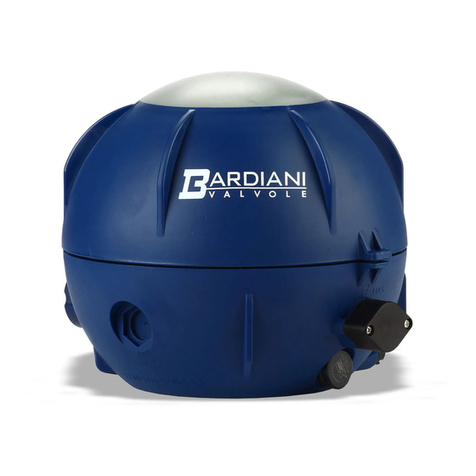
Bardiani Valvole
Bardiani Valvole GIOTTO TOP Instruction, use and maintenance manual

Cutler-Hammer
Cutler-Hammer Digitrip RMS 810 instructions
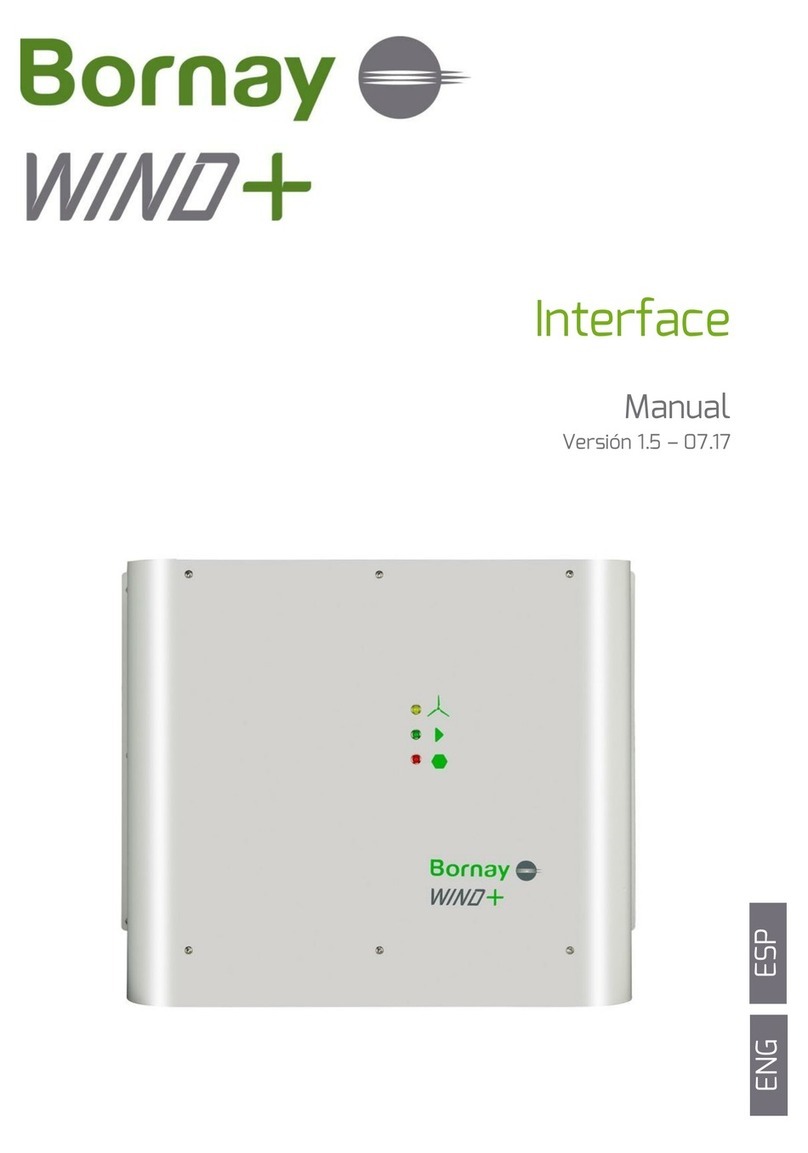
Bornay
Bornay WIND 13+ manual
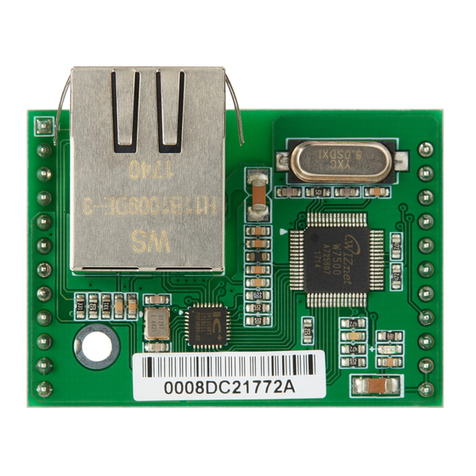
Wiznet
Wiznet W7500S2E Series user manual
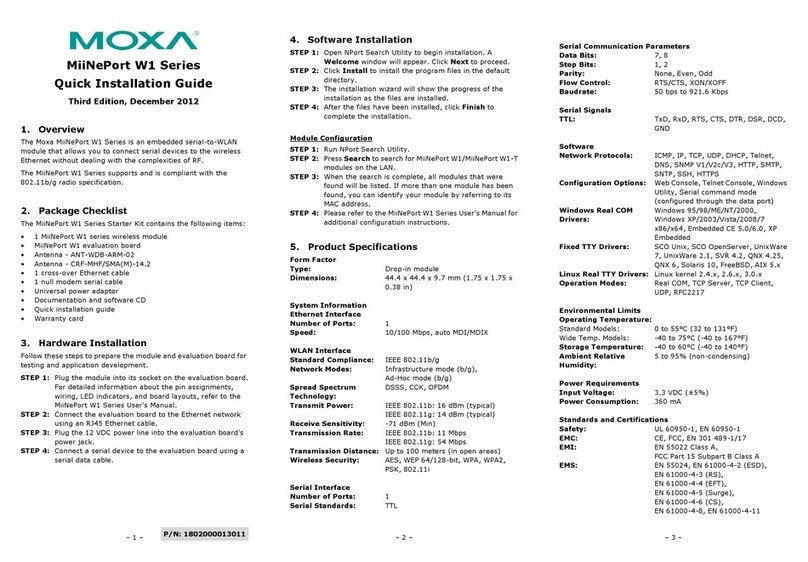
Moxa Technologies
Moxa Technologies MiiNePort W1 Series Quick installation guide
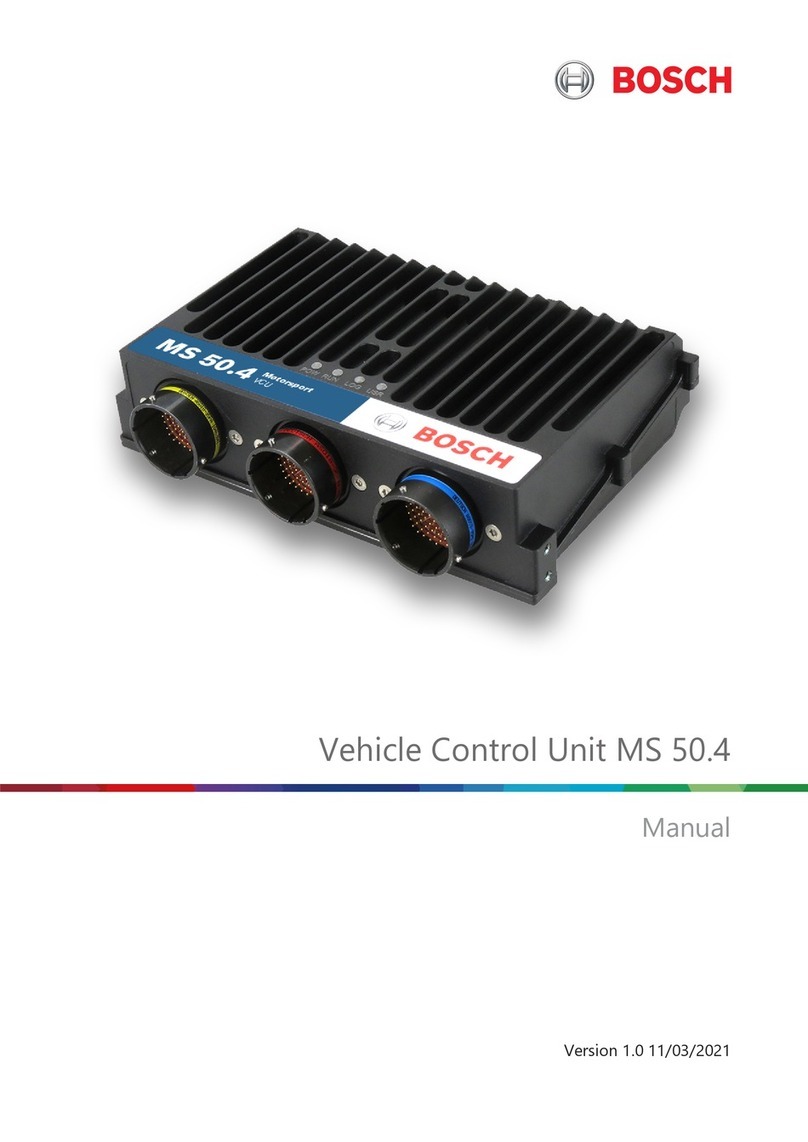
Bosch
Bosch MS 50.4 manual
